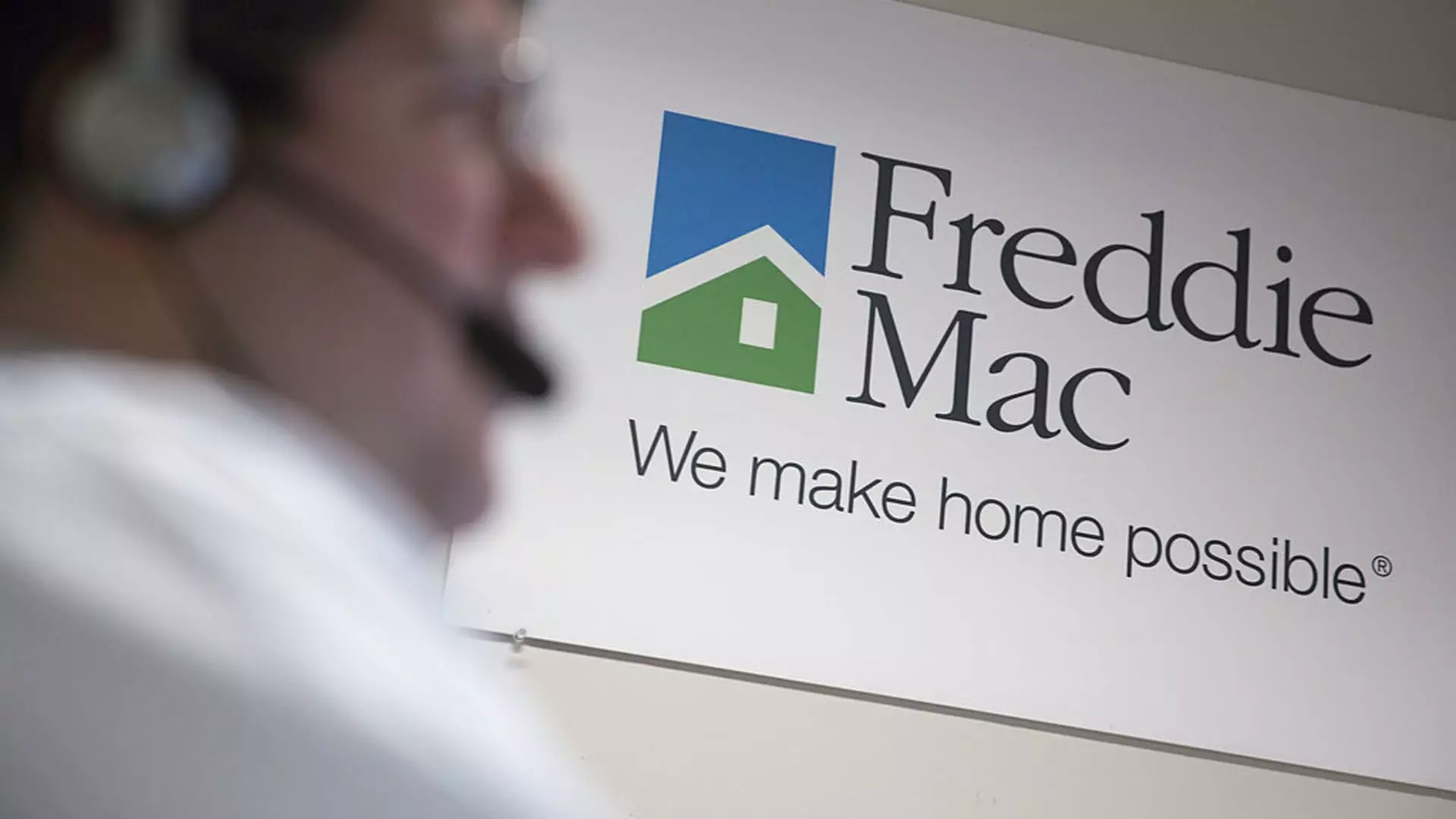The U.S. government-sponsored enterprises (GSEs), Fannie Mae and Freddie Mac, are central to the structure of the nation’s mortgage market. Operating under federal conservatorship since the crippling financial crisis of 2008, there is mounting speculation regarding their future, especially in the wake of potential policy changes under the current administration. This article delves into their history, the implications of conservatorship, and the possible paths ahead.
Fannie Mae and Freddie Mac were thrust into conservatorship during a tumultuous economic period marked by rampant foreclosures and plummeting home values. Their founding aimed to enhance access to mortgage financing and provide stability to the housing market, yet their fall into government hands underscored the fragility of the financial system. At the core of their operations is the creation of financial products designed to mitigate risks for investors and influence mortgage rates across the country.
In light of the 2008 financial crisis, the federal government intervened with significant measures, extending a combined $200 billion credit line to stabilize the GSEs. This action reflects a broader concern for taxpayers and the economy, as rising mortgage defaults led to a significant loss of homes nationwide. According to estimates from the Federal Reserve Bank of Chicago, approximately 3.8 million homes were reclaimed through foreclosure between 2007 and 2010. The Treasury Department also implemented profit sweeps to recover taxpayer funds, aimed at lessening the fiscal burden on American citizens.
As the recovery progressed, Fannie and Freddie emerged as linchpins of market stability, contributing over $301 billion back to the Treasury. Yet, while they played a crucial role in the post-crisis recovery, the question loomed: Who truly benefits from their operations? The stock performance of these firms remains a stark illustration of lost value, having plunged dramatically once placed into conservatorship. Their transformation into government-sponsored enterprises has raised concerns about the balance of private capital and public risk.
In 2019, a significant milestone occurred: the cessation of the profit sweep policy. This move established a framework through which Fannie Mae and Freddie Mac could transition back to private market operations, alleviating some capital constraints that had hampered their growth. Mark Calabria, former director of the Federal Housing Finance Agency, warns of the precarious tightrope they walk, indicating that both firms operated with leverage ratios of about 1,000-to-1 during conservatorship. Such minimal capital raises alarms regarding potential vulnerabilities in unforeseen economic downturns.
The policy discourse surrounding the future of Fannie Mae and Freddie Mac is fundamentally divided. Advocates for privatization argue that such a transition would not only stabilize the firms but could potentially reduce mortgage rates for consumers. Conversely, skeptics highlight the risks of removing government backing, forecasting an increase of 60 to 90 basis points in mortgage rates—hitting consumers at a vulnerable nexus of rising living costs and economic uncertainty.
Mark Zandi’s perspective is notable; he posits that without government support, mortgage rates would likely surge, exacerbating affordability issues and complicating access to home ownership. This contention underlines the complex relationship between federal oversight and market efficiency, providing fertile ground for debate among policymakers and economists alike.
As we gaze into the horizon of Fannie Mae and Freddie Mac’s operations, one cannot help but ponder the balancing act ahead. With potential reforms on the table, the core challenge lies in determining how to safeguard taxpayer interests while fostering a healthy, competitive mortgage market. A transparent transition strategy could serve as a guiding map—bolstering the firms’ capital positions while minimizing risks to the wider economy.
Ultimately, the future of Fannie Mae and Freddie Mac is intertwined with broader economic indicators and public sentiment surrounding housing finance. As discussions unfold, stakeholders must prioritize a solution that encompasses economic stability, public accountability, and affordable housing access for all Americans. With their fate hanging in the equilibrium, one thing remains clear: the decisions made in the coming years will resonate across the economy for decades to come.

